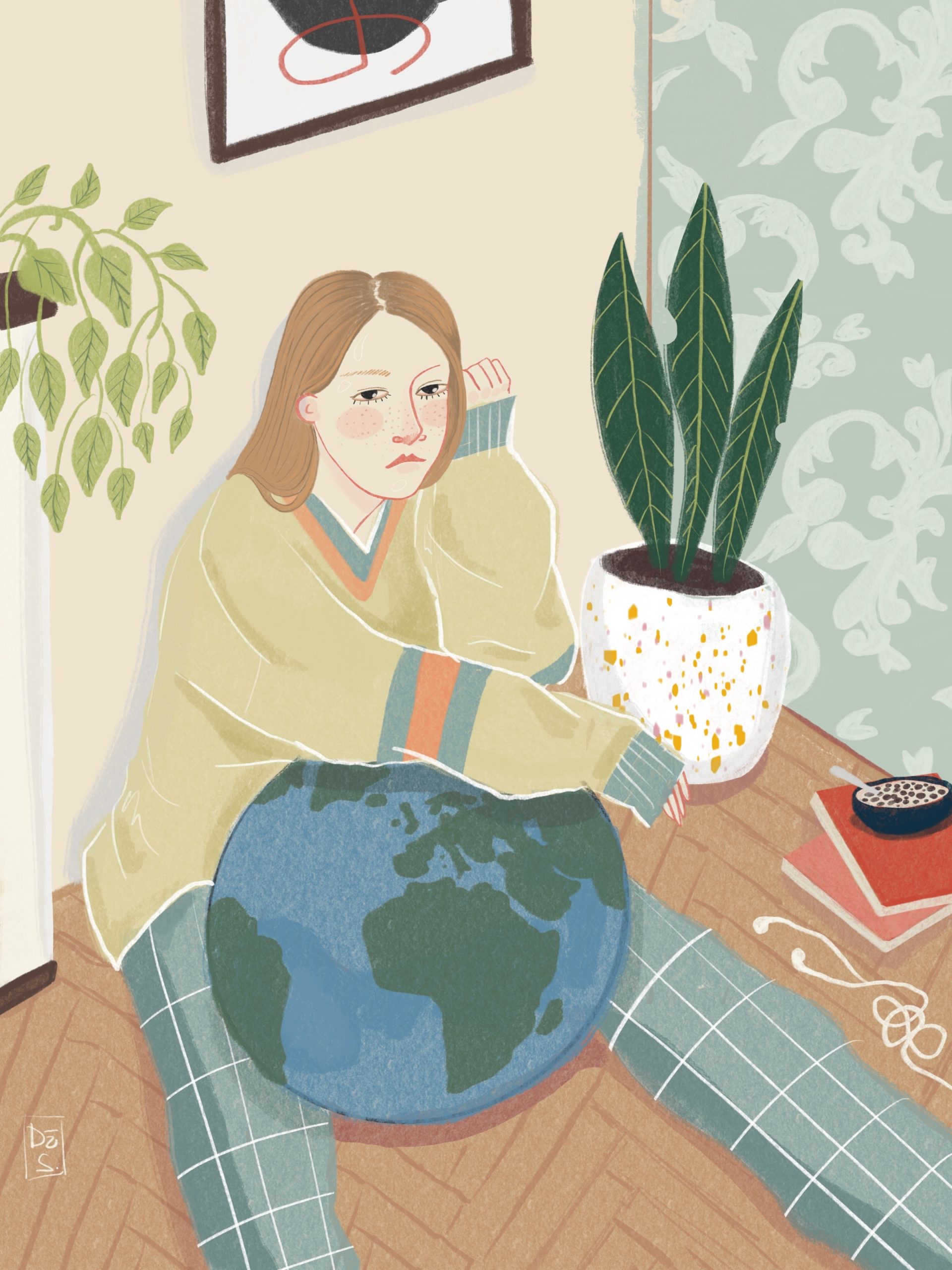For better or worse, we have seen many TikTok stars rise to fame throughout quarantine, but few have gained stardom quite as quickly as Dixie D’Amelio.
Older sister to another TikTok star Charli D’Amelio, Dixie followed in her younger sister’s footsteps, quickly gaining TikTok popularity of her own. With over 35 million followers and 1 billion likes, it is no surprise that when D’Amelio wanted to break out of the TikTok box and enter the music industry, people wanted to listen. But, I don’t think anyone thought it would actually be good, or at least I did not.
In June 2020, the TikTok star took a dive into the music world by releasing a pop song titled, “Be Happy.” During the first weekend of its release alone, the song had surpassed 25 million views on YouTube and over 1.4 million streams on Spotify. The video, which depicts D’Amelio doing simple tasks around her house, is still currently trending on YouTube.
I have to admit, even at first listen, this song is undeniably catchy. It is upbeat, light, airy and falls in with a snapping rhythm that makes you think it is going to be a song about being happy, hence the title.
That feeling does not last long, though. As her first lyrics occur, we hear the overarching theme of the song itself: “…sometimes I don’t want to be happy.”
If you are anything like me, you might have had a “Wait, what?” moment and wondered, if this girl was singing about not wanting to be happy and wanting to be alone. Confused by the title, I realized that this song was really about anything but happiness and instead dealt with challenges like sadness and loneliness, all of which Gen Z struggles with.
After hearing the song on every station, I found myself wanting to listen to the catchy tune even more because I related to the song. She was right — sometimes, I did not want to be happy, and I wondered why it had taken so long for someone to put that feeling into words.
At this point, I was hooked, captured by D’Amelio’s ability to explain how I was feeling. I played the song for others as we sang along to the song that had become an anthem for being sad.
As a jab at the world of fame, or rather just the world around us, the artist picked the song as a composition of her emotions, and much like the rest of us, D’Amelio was tired of having to present a happy facade all of the time.
This song is different than anything on the pop market right now. Most music encourages happiness and togetherness as an attempt to make their listeners feel less of a sense of loneliness. D’Amelio breaks those boundaries, telling her audience that it is OK not to be OK.
D’Amelio does more than just string along a simple set of words to a tune. Instead, she uncovers Gen Z’s battle with mental health in a lighthearted manner that we often see used by this generation to cope with feelings.
Willingly and prominently, she is urging her audience that it is fine to feel bad sometimes. According to the American Psychological Association in 2019, 58 percent of Gen Z reported feelings of depression or sadness. Instead of fighting it off, D’Amelio encourages the listener to accept the feelings and process them, allowing themselves to feel whatever they need to.
Instead of running from these feelings, the song asks us, to embrace them and allow a person to have those feelings and work through them. As a generation described as the loneliest one in America by news outlets like USA Today, D’Amelio does not depict this concept as a bad thing, but rather as an independence that allows Gen Z to process emotions on their own. Counteracting the stigma placed on the word loneliness or rather the feeling itself, D’Amelio brings up the idea that maybe loneliness is not so bad after all. As a generation who likes independence, Gen Z does not mind doing things by themselves, and this song asks everyone around them to understand that.
Kicking the idea of putting on a happy face to the curb, “Be Happy” actually tells us the opposite: we do not need to be happy all the time, and we certainly do not have to fake it.
So, taking inspiration from D’Amelio, sometimes it is okay to be sad. Do not worry, we will not hold it against you.
- Finding Unexpected Joy in Canceled Expectations - January 7, 2021
- Sitcoms Aren’t Perfect, But We Love Them Anyway - November 26, 2020
- Getting Engaged in College Was Right For Me - October 15, 2020

